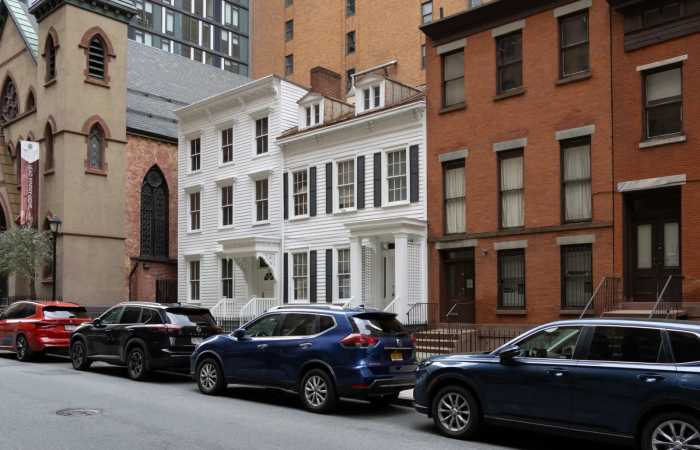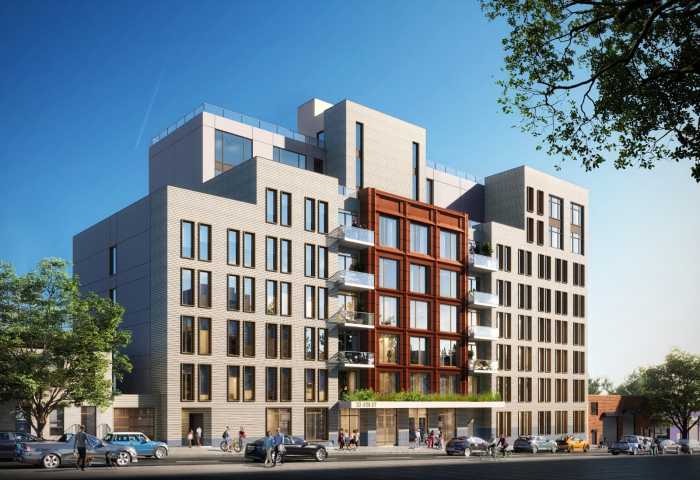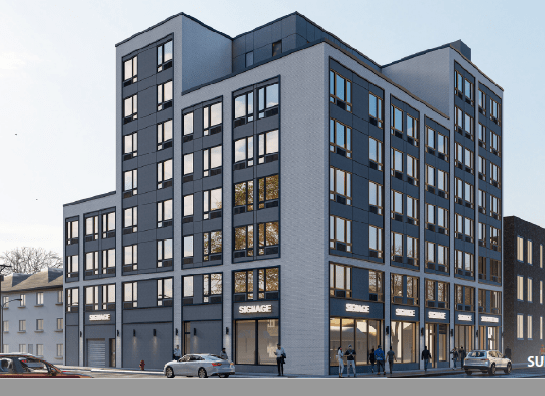The community board that represents DUMBO voted this week against a city plan to encourage residential development in an area east of the Manhattan Bridge that is currently zoned for manufacturing.
This was utter foolishness by Community Board 2, which has increasingly exhibited an antipathy to residential development in DUMBO.
The city proposal would allow the conversion of warehouses and former factory buildings into much-needed apartments in this still-growing city.
The main sticking point for some residents is the rezoning plan’s 12-story height limit on new residential construction.
Their objection, if you can believe it, is that 12 stories is too high.
Too high?
In a neighborhood that has some new buildings and many old warehouses (now beautiful residential and office buildings) that are 11, 13 and 16 stories? In a neighborhood that also has a 31-story and a 24-story building next to the proposed rezoning area?
Clearly, the objection to the city’s proposed 12-story height limit is a straw man. Indeed, supporters of another controversial DUMBO project — Jed Walentas’s Dock Street building — have been bullied with a false allegation that the project would forever ruin views of the Brooklyn Bridge.
Are there reasonable issues to raise in both cases? Of course.
But a reasoned debate is impossible when one side only wants to punish developers for the “crime” of wanting to profit from the city’s insatiable need for housing in desirable neighborhoods near Manhattan.
It’s important to note that the DUMBO Historic District protects virtually all of the rezoned area as a city landmark — so any new construction will have to conform to the neighborhood’s unique character.
It is true that some of DUMBO’s earliest residents — artists who fled Manhattan and turned the neighborhood from a forgotten warehouse district into one of the most desirable places to live and work — could be displaced if real-estate prices soar. But is this not the story of New York?
For DUMBO, or any neighborhood, to thrive, it needs to be allowed to adapt to ever-changing circumstances. People want to live in DUMBO, developers want to build them homes, and the city wants to cap the height of the buildings — and maintain DUMBO’s historic flavor.
It sounds good to us.
























